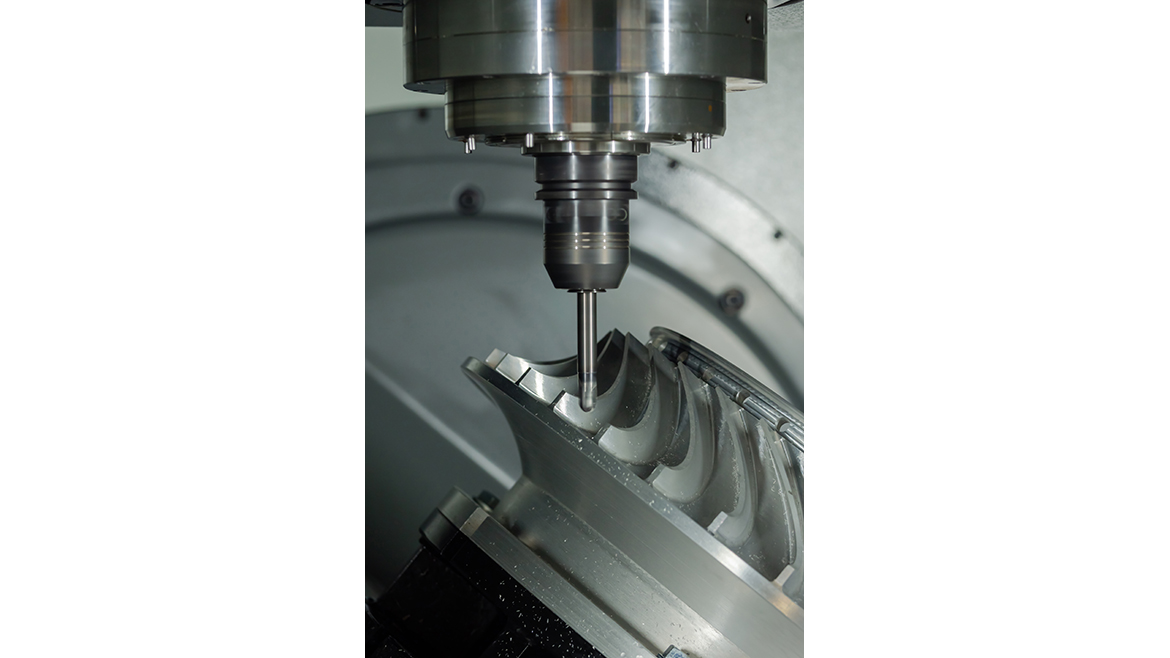Additive manufacturing (AM) technologies present an array of benefits including lightweight structures (lattices, triply periodic minimal surfaces, and other organic shapes), consolidation of parts, limiting necessity for tooling, and lead time reduction. These benefits can help to augment manufacturing productivity, yield, and cost. For these reasons, AM has been considered for a variety of aviation, automotive, medical, energy, space, and defense applications. AM has also challenged the way manufacturing technologies are selectively utilized. AM has shown substantial merit to support rapid testing and evaluation of novel design concepts and product development has been realized for the manufacturing of test equipment, jigs, fixtures, as well as test parts. AM also offers the ability to impact product life cycle cost as a repair technology.
The majority of metal AM product development in the last decade has focused on legacy alloys historically developed for casting or forging applications. In recent history, the AM community has started to informally refer to these materials as the first generation of AM materials. Within the last seven years, there have been select endeavors to explore and promote improvement in material performance by modifying the physical and chemical characteristics of feedstock material. These may include modification of select alloying additions (to the low or high end of the specified alloy element concentration range) or adjustments to the material particle size distribution in the case of powder metals and are referred to as the second generation of AM materials. The third generation are alloys developed with AM as their primary manufacturing method that may feature chemical compositions substantially different from those available commercially.


What You Need to Know About Alloy Development for Additive Manufacturing
Brandon Ribic, technology director of America Makes, talks about today’s alloy development for additive manufacturing, what manufacturers can expect in the next few years, and the importance of data sharing.
Listen to more Quality podcasts.
The modification of legacy alloys or development of entirely new alloys for AM offer a wide range of potential benefits including improved product performance, increased yield and productivity, and reduced post-processing costs. Despite these benefits, alloy development and qualification through existing trusted approaches can encounter risks and challenges where cost and time to market may jeopardize adoption within the production bill of materials or meeting return on investment criteria. In many instances, research and development efforts will need to directly address these challenges to scale and deliver viable material solutions. The AM community must recognize these risks to limit consequences on development timelines and increase probability of success for future efforts.
Opportunities for the development and validation of new tools, techniques, and methods to accelerate alloy development for AM processes do exist. Enabling more rapid and cost-effective means to qualify and certify alloys is anticipated to enhance domestic manufacturing competitiveness as well as foster broader industrialization of AM materials and product designs for industries including defense, aerospace, medical, automotive, energy, and nuclear.
America Makes has been discussing alloy development opportunities with the domestic AM supply chain since early 2021 and has gathered insights from over 100 organizations. A vital consideration to any material development endeavor is to begin with the end of the journey in mind. That said, alloy development is most often motivated by a desire to realize product specific improvements including:
- Fatigue life and fracture toughness
- Density and specific strength
- Use temperature
- Geometry and tolerancing
- Corrosion and oxidation resistance
- Criticality
Augmenting the chemical and physical characteristics of metal feedstocks can affect the ability of an AM process to readily and repeatably produce certain geometries. Additionally, these characteristics can have significant unintentional effects on as-built material microstructure and mechanical properties. Recognizing these risks, it is important to include various staged approaches to assessing how feedstock characteristics influence material quality at both interim and final material forms. Material density and microstructure can have a significant influence on inspectability, damage tolerance, and certification. Chemical composition and physical characteristics can also lead to defects resulting in unacceptable material quality. Development efforts must consider these factors as they may cause cracking or other discontinuities.
NDT
A Quality Special Section
The chemical composition of a material affects the strengthening mechanisms and can require post-processing to promote desirable microstructures and mechanical properties and alloy development efforts often necessitate an understanding of how AM materials may need to be effectively post processed. It is important to realize that the surface condition and chemical composition of a material can affect how subsequent coatings may perform as well. Qualification and certification will not only require material testing but could also include subsystem and system level testing. In addition, the amount and cost of testing can vary due to application criticality. All these factors should be considered when assessing AM alloy development as they can substantially affect the overall process.
Development risks can be addressed by identifying material process-structure-property relationships. Researchers and engineers are encouraged to assess material microstructural evolution and develop an understanding of mechanisms affecting material performance and conformance because of AM and post processing. In many instances, materials development and qualification will require analysis of material mechanical properties beyond tensile properties and these studies are encouraged to be statistically based. Examples of material physical and mechanical properties which may require evaluation include oxidation, wear, fatigue crack growth, and creep/stress rupture.
Aside from the development risks, acquisition and supply chain vulnerabilities are also a concern. Depending upon the type of material (composition and material form [wire, powder]) being developed, it is important to recognize potential limits to amounts of feedstock readily acquired and the relatively high units cost for certain materials — all factors that can jeopardize development, project budget, and timeline.
The capacity to readily process new materials under development may also be limited. Certain materials will not exhibit compatibility with all AM modalities and furthermore, some may require substantially new post-processing capabilities that are limited in capacity. New materials will eventually need to be integrated into the domestic supply chain with a skilled workforce to support operations.
Given the current state of the domestic AM supply chain and the interest of the U.S. government to expansively utilize AM technologies for various capability needs, it is timely and warranted that we identify investment opportunities that will accelerate AM alloy development and qualification to bolster manufacturing competitiveness. The evidence gathered by America Makes suggests development of the following materials should be prioritized in the near term:
- Novel refractory alloys that exhibit high use temperature capability and improve oxidation resistance
- Nickel alloys that increase use temperature and limit mechanisms that promote cracking of materials when additively manufactured
- Scale materials to foster the sourcing of high strength aluminum alloys (equivalent to 7XXX series aluminum alloys) compatible with AM processes
- High cycle fatigue-resistant steels for forging die applications
- Covetic powders for applications that require high electrical conductivity materials
- Hydrogen-resistant alloys for energy and propulsion applications
Recognizing the benefits, opportunities, and challenges facing the development of novel AM alloys, America Makes has identified six areas of strategic investment including:
- Rapid identification, production, and testing of novel material formulations
- Advanced manufacturing product scale up
- Pilot scale techno-economic analysis
- System level performance testing
- Data sharing
- Education and workforce development
These focus areas will establish domestic capability and capacity to readily identify, develop, and scale economically viable novel metal alloys, limit integration risks, and foster transition within our existing manufacturing industrial base. These efforts will also bolster the knowledge and expertise of the existing metals manufacturing supply chain to produce advanced materials.






